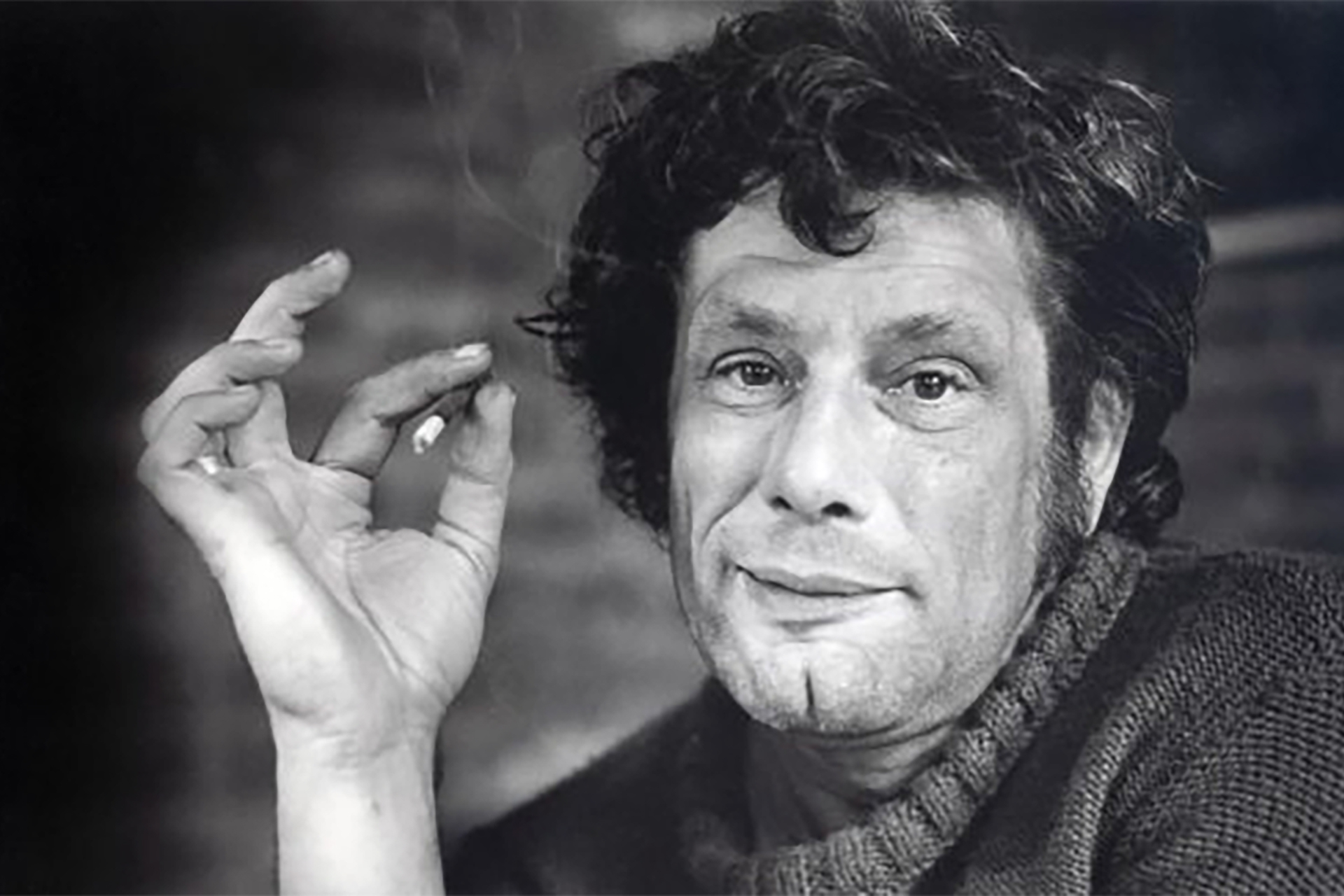Piet Blom
Piet Blom, a Dutch architect, is renowned for his distinctive and imaginative designs that challenge conventional notions of urban architecture. He was born on February 8, 1934, in Amsterdam. Blom’s career spanned several decades and left an indelible mark on the world of architecture. His innovative approach to housing and urban planning, characterized by the iconic cube houses of Rotterdam, has earned him a lasting legacy in the field of architecture.
Early Life and Education
Piet Blom’s journey into the world of architecture began with his early education. He studied at the Amsterdam Academy of Building, where he developed a keen interest in urban planning and architectural design. His formative years were marked by a fascination with unconventional geometric shapes and a desire to challenge the status quo.
Cubical Innovation
One of Blom’s most iconic and enduring contributions to the field of architecture is the cube house, known in Dutch as “Kubuswoningen.” These cubic homes are a testament to Blom’s creative genius and his commitment to rethinking traditional urban living spaces.
The cube houses, designed in the late 1970s, are a striking departure from conventional housing designs. Blom was inspired by the idea of creating high-density living spaces that made the most of limited urban land. To achieve this, he tilted the cube houses at a 45-degree angle and raised them on a pylon. This allowed for an open space beneath. Therefore his design not only maximized living space but also created an intriguing visual landscape.
Impact of Piet Blom
Piet Blom’s cube houses have become an iconic part of Rotterdam’s skyline and a symbol of the city’s architectural innovation. They have also drawn worldwide attention, making Blom a celebrated figure in contemporary architecture. These structures are not just aesthetically pleasing; they exemplify the idea that architecture can be a catalyst for urban revitalization and innovation.
Portfolio
His architectural portfolio extends beyond the iconic cube houses. The cube houses are his most famous creation. However, his career featured several other notable projects that showcase his innovative approach to architecture and urban planning. Here are a few of his other significant works:
- The Blaak Tower (Het Potlood): Located in Rotterdam, this 94-meter high-rise building is another distinctive creation by Blom. Resembling a giant pencil (“Het Potlood” translates to “The Pencil” in Dutch), the building features a slender, tapering design that stands out in the city’s skyline. It was completed in 1984 and is often seen as a complement to the cube houses nearby.
- Helmond Speelhuis Theater: Blom designed the Helmond Speelhuis Theater, a cultural center and theater complex in Helmond, the Netherlands. The theater was completed in 1977. It’s design is characterized by its playful and organic forms, which contrast sharply with the rigid geometric shapes of the cube houses. Sadly, the original structure was destroyed by a fire in 2011, but the city decided to rebuild it to honor Blom’s design, which emphasizes the importance of creativity in architecture.
- Bastion Hotel in Amsterdam: Blom was involved in the design of the Bastion Hotel in Amsterdam, which showcases his talent for combining functional design with architectural innovation. The hotel features a bold, angular design and makes use of materials like concrete and glass, creating a modern and striking appearance.
- The ‘Kasbah’ houses in Hengelo: Blom designed a series of residences in Hengelo, a city in the Netherlands. While these houses are less well-known than the cube houses, they share his trademark use of unconventional angles and geometric shapes, reflecting his commitment to creating unique living spaces.
Legacy
Blom’s design philosophy, centered on the human experience and urban integration, continues to inspire architects and urban planners today. His work challenges architects to think beyond conventional forms and to prioritize the harmonious integration of living spaces within the urban fabric.
Piet Blom passed away on June 8, 1999. His legacy endures through the cube houses and the impact of his innovative thinking. Today, visitors to Rotterdam can tour the cube houses and even stay in one as a unique hotel experience. Blom’s work continues to inspire architects and urban planners worldwide. He keeps encouraging them to explore unconventional designs and prioritize creative solutions to urban challenges.

 MVRDV
MVRDV OMA
OMA

 Benthem Crouwel
Benthem Crouwel